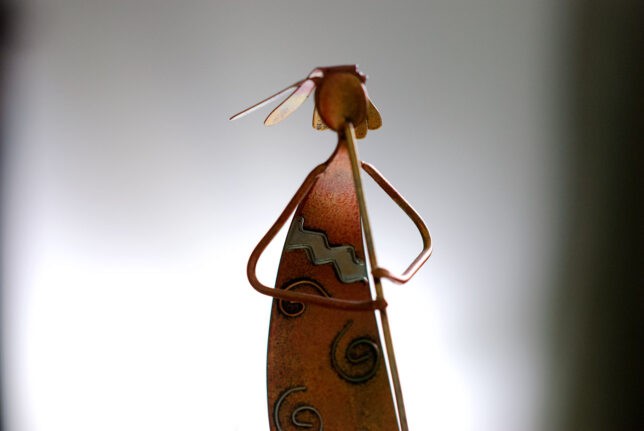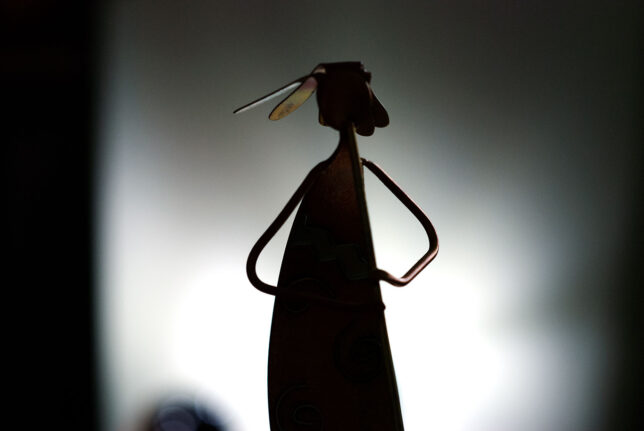

Fellow journalist Ashlynd Huffman texted me recently asking how to create a silhouette. It occurred to me that it would be worth it to have my own tutorial about it.
Silhouettes are essentially lithographs, and are usually created with a bright background that is correctly exposed, with something underlit or unlit in the foreground that forms a shape without having much detail.
Most of my silhouettes are happy circumstances of natural light, but it doesn’t take a lot to construct one. Throw some light on a background, and leave your foreground figure in the shadows.
If you are shooting in manual exposure mode, move up and down the exposure scale until you get the background about right, and the foreground item, person, or figure, very dark or black.


If you are shooting in an automatic exposure mode like Program, Shutter Priority, or Aperture Priority, use exposure compensation aggressively to get the look you want. Green Box Mode usually won’t let you control your exposure.
If you are shooting film, bracket: shoot a series of frames at widely different exposure settings.
Silhouettes imply shape and anonymity.
Silhouettes should never take the place of strong narrative, but if used correctly, can contribute to a strong narrative.
